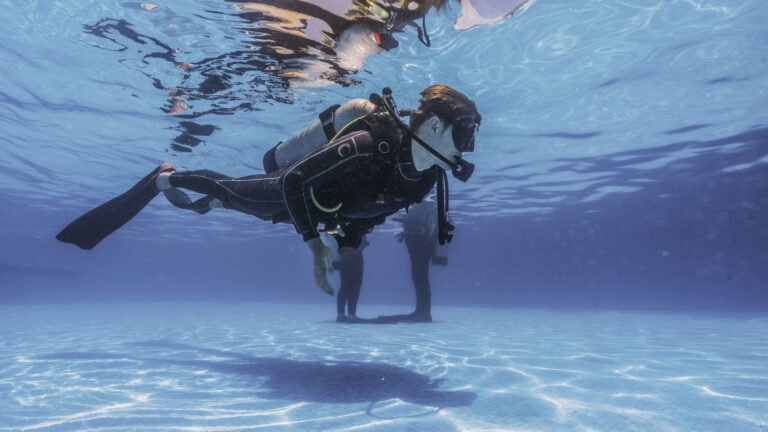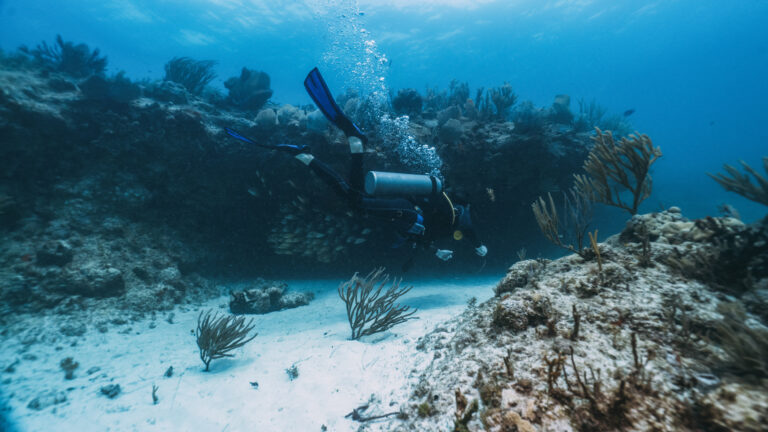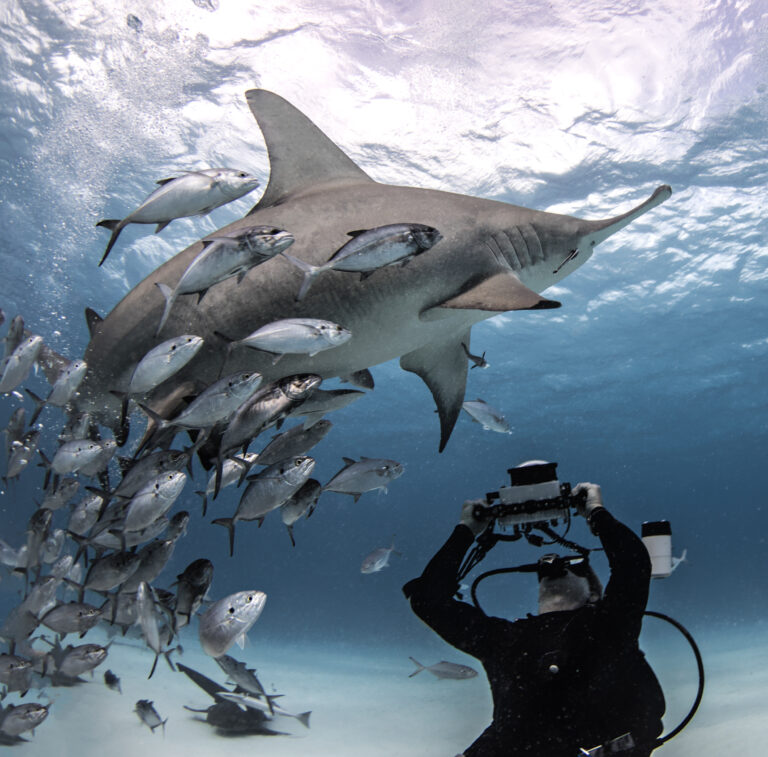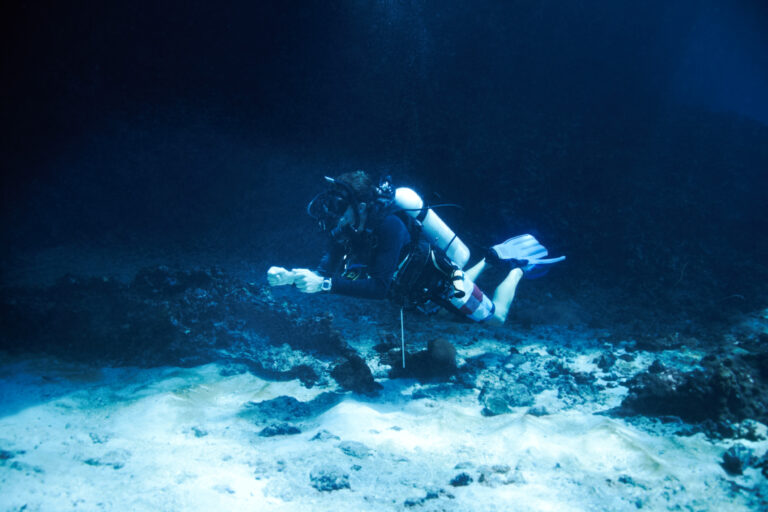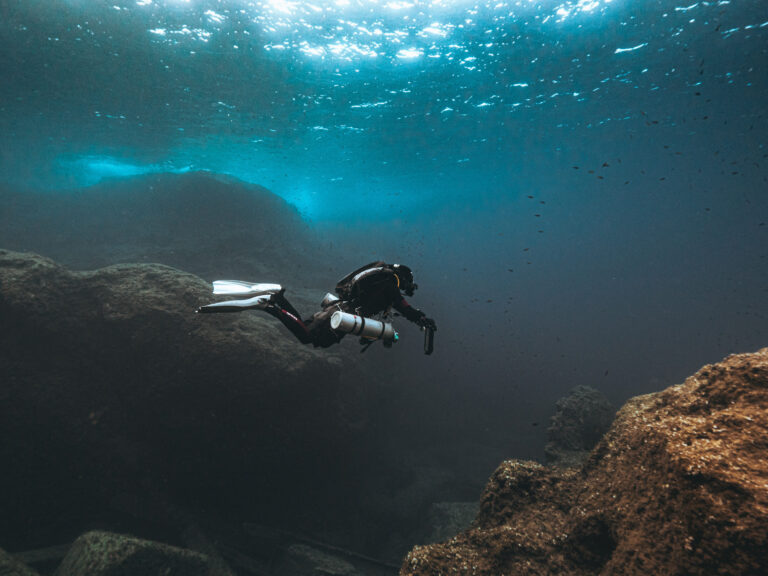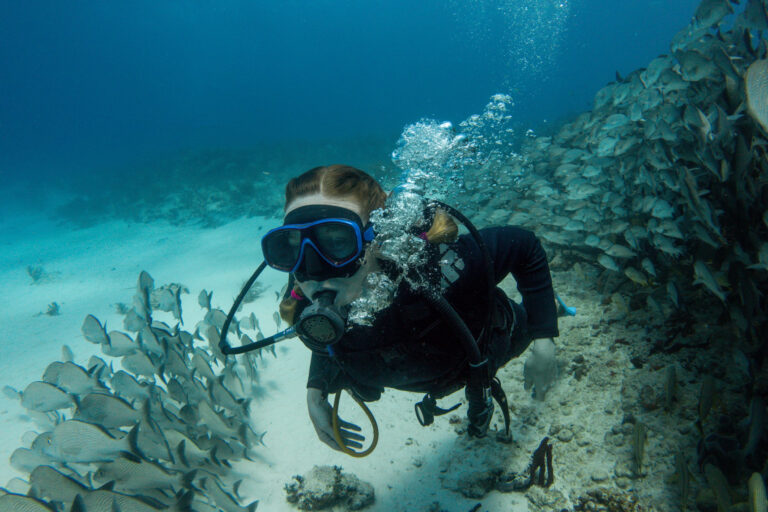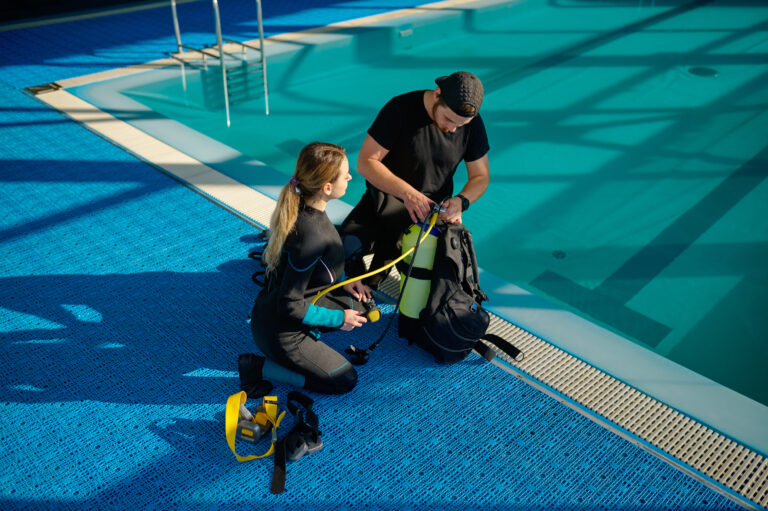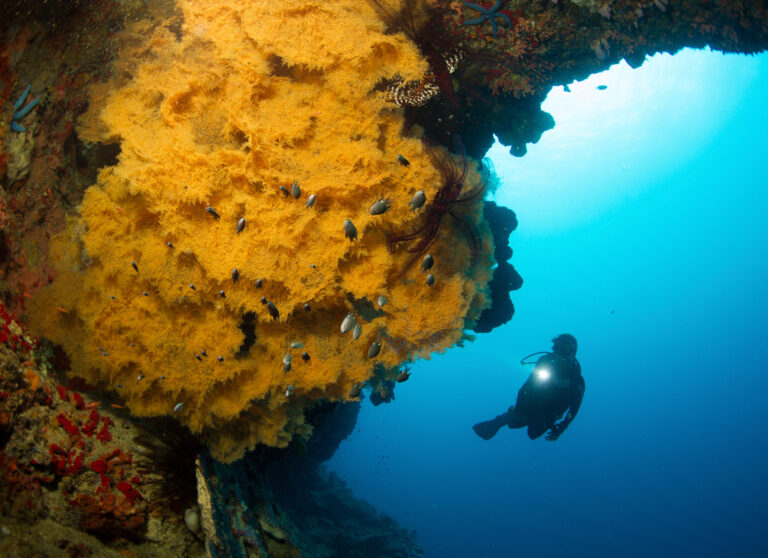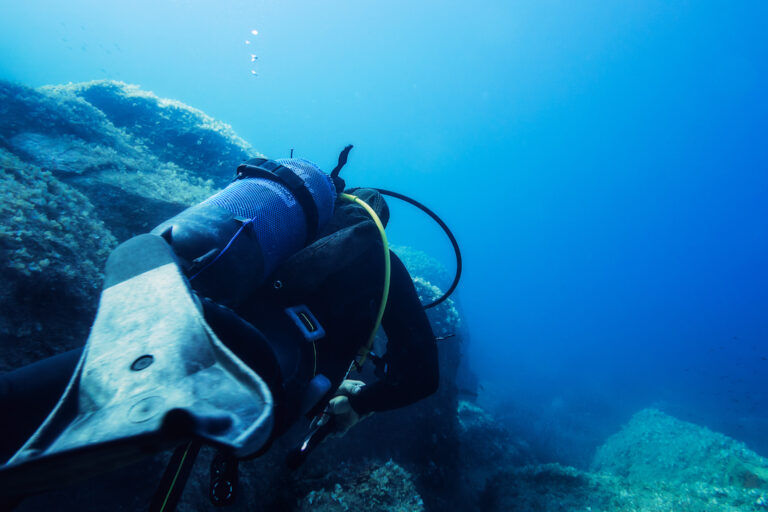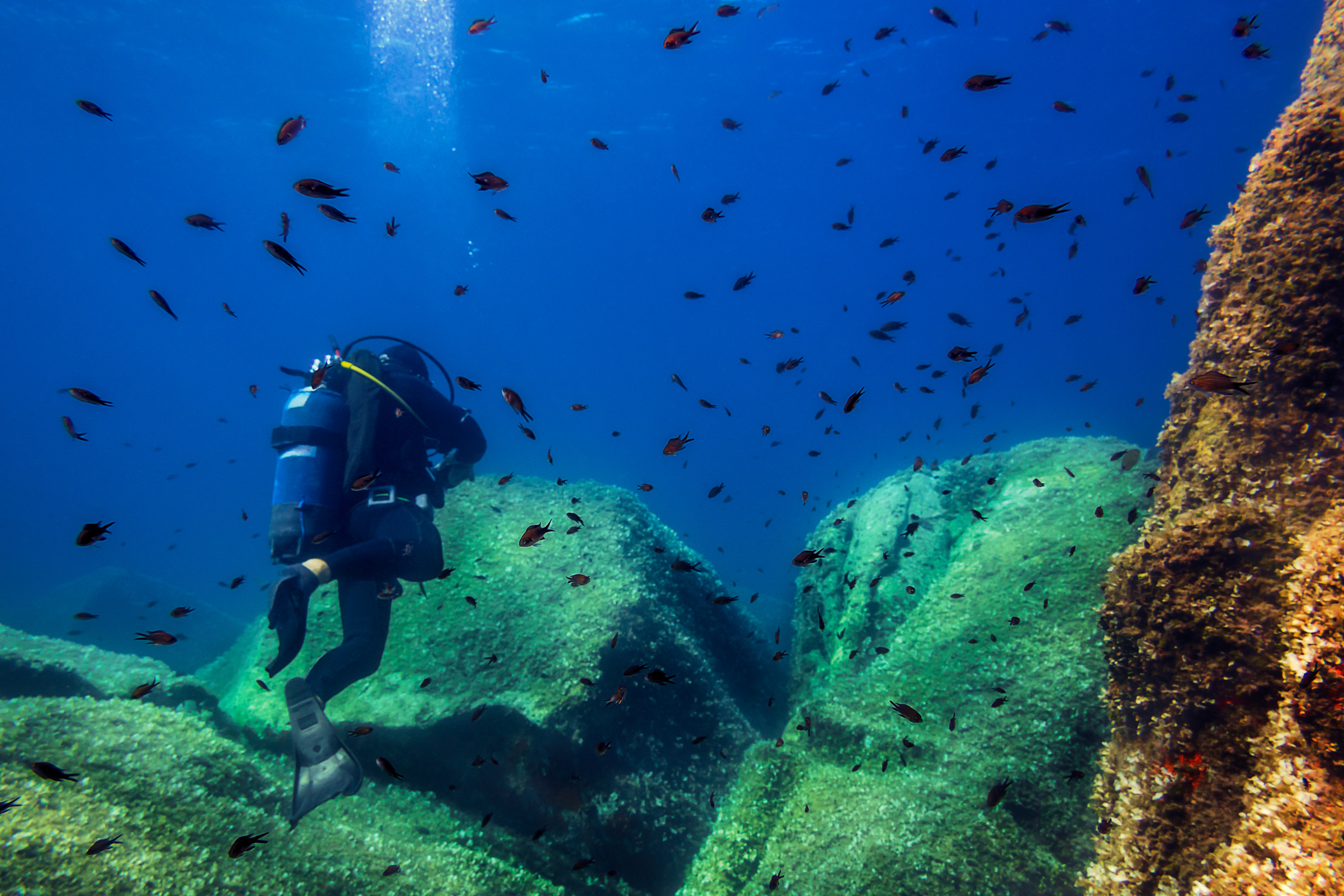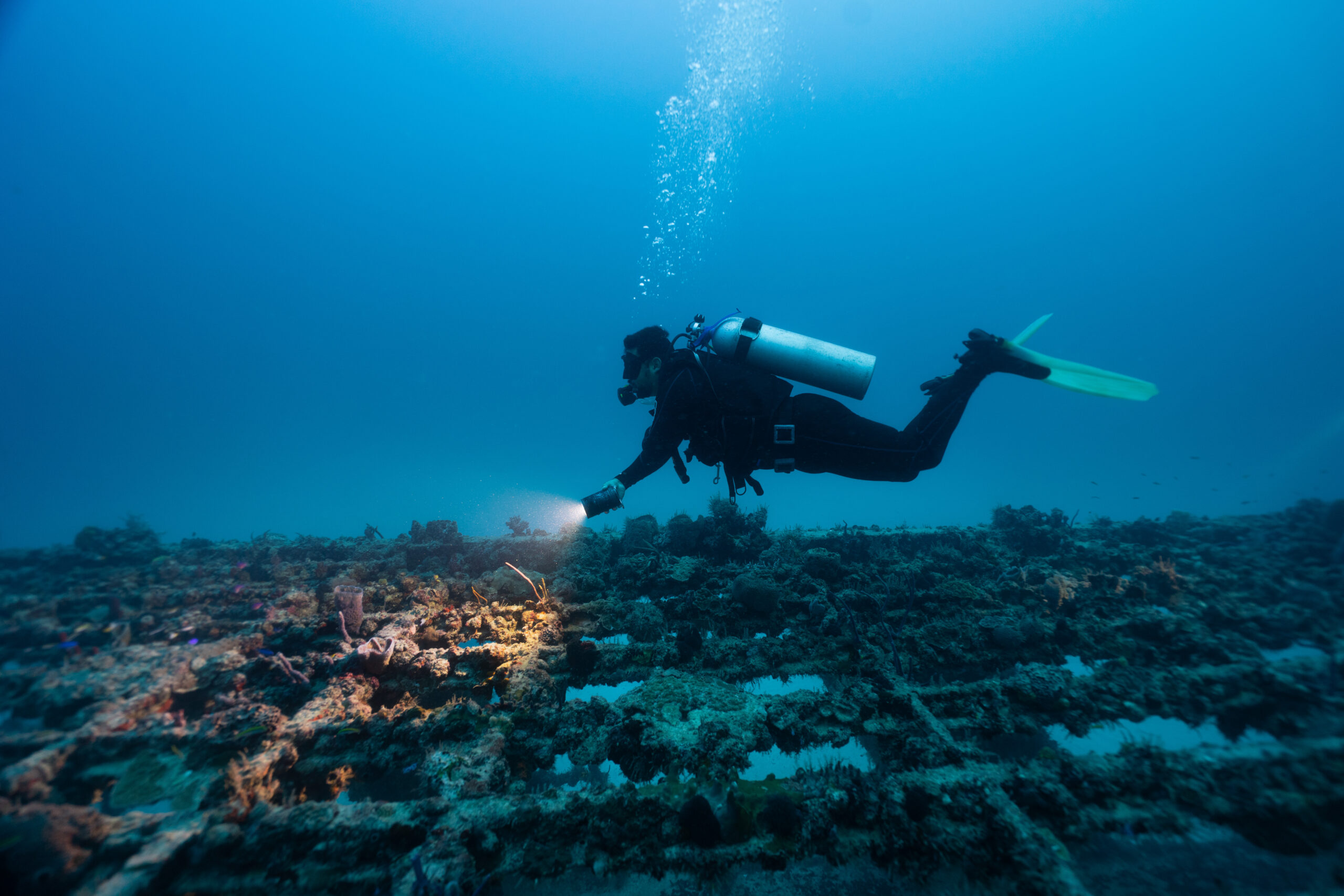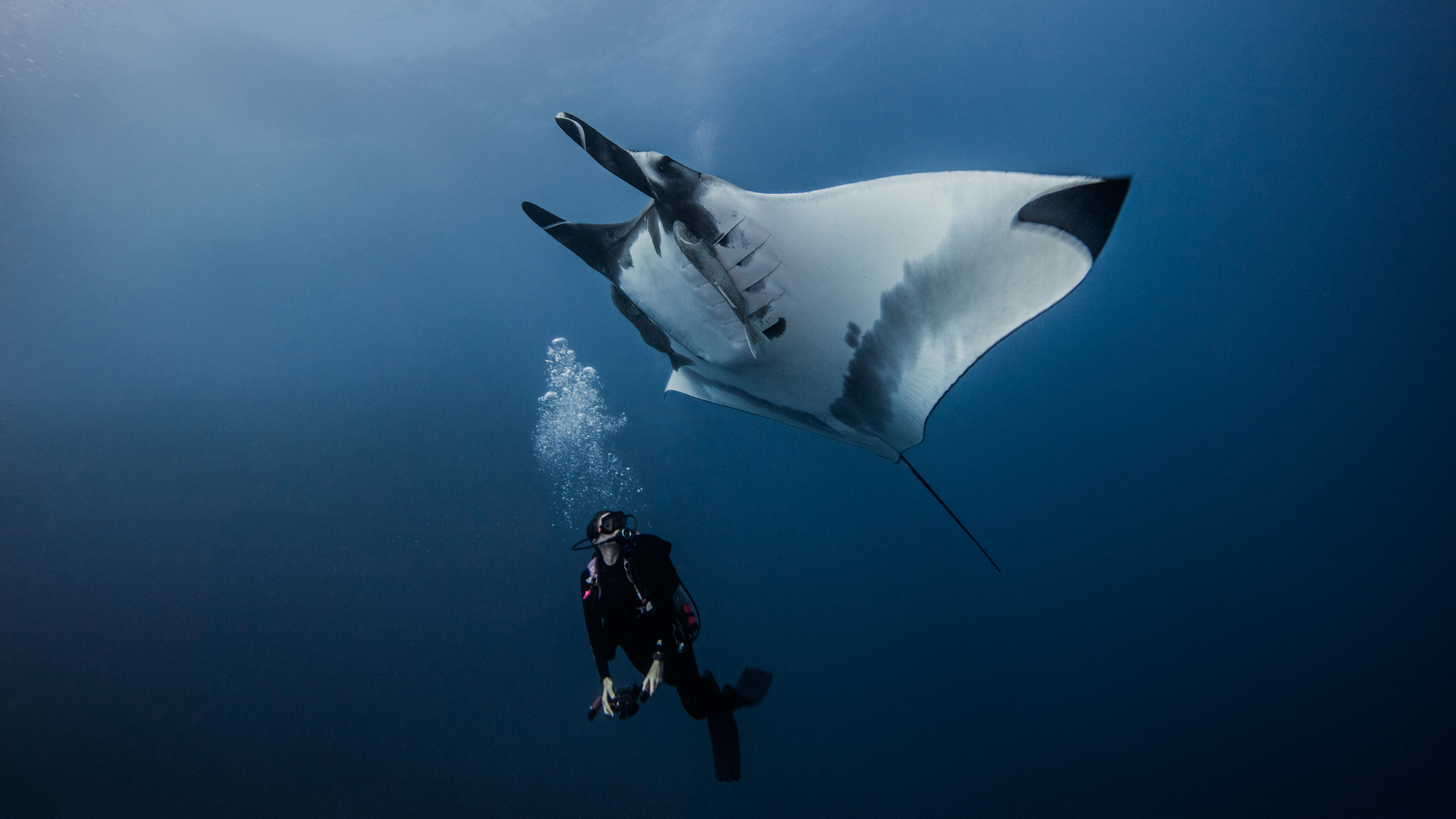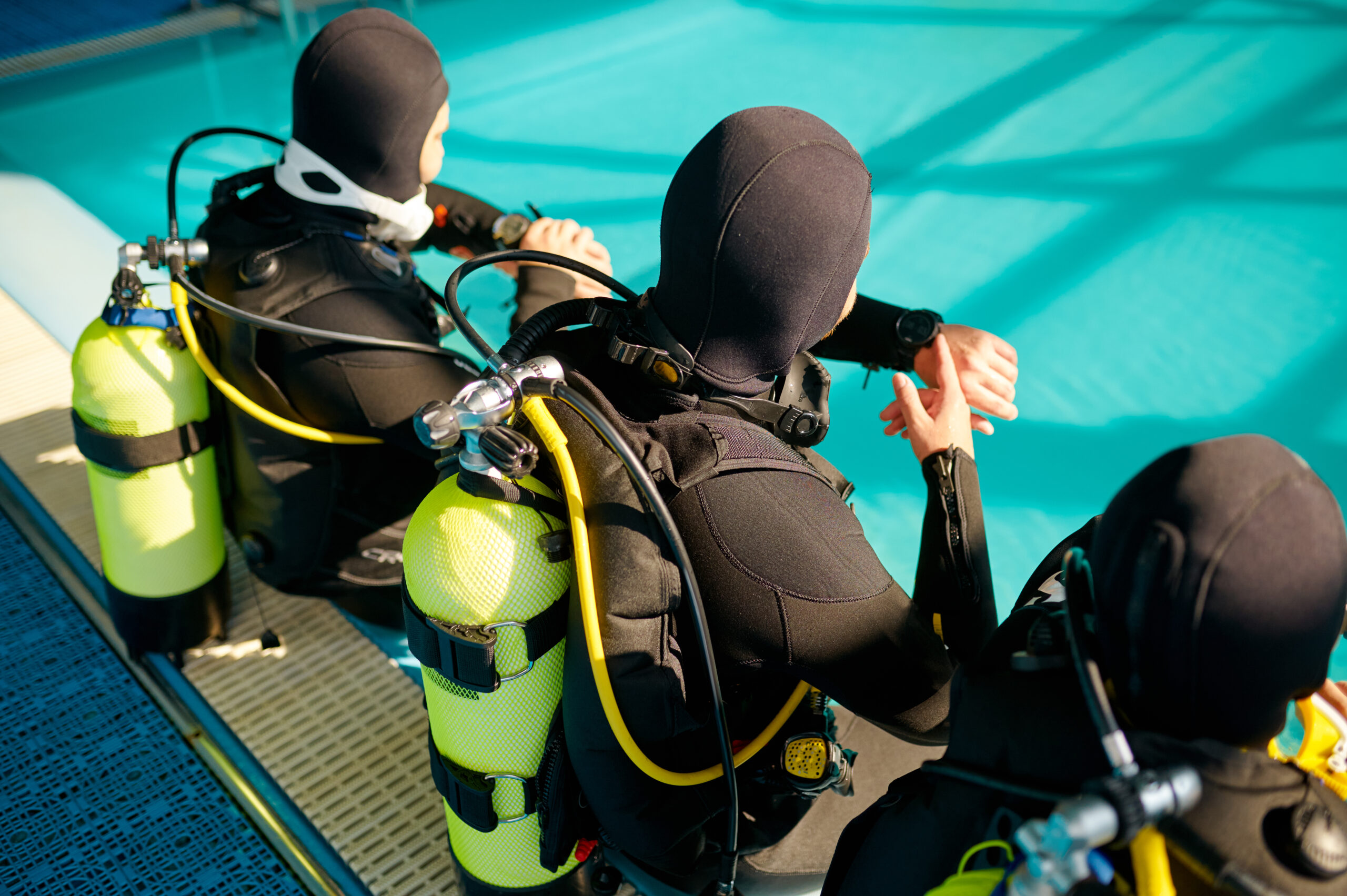Imagine this: You’re on your way to an exotic island surrounded by some of the clearest and most enchanting waters you’ve ever seen. You’ve been planning this scuba diving trip for months. The excitement is palpable as you envision the vibrant coral reefs and colorful marine life you’re about to encounter. But as you arrive and unpack, you realize half of your luggage is filled with items you won’t even use. Now, you’re stuck lugging around unnecessary weight, possibly even paying extra baggage fees. Sounds familiar?
This scenario is all too common among both novice and experienced divers. The thrill of a diving adventure can often lead to overpacking—bringing along items that seem essential but end up unused and burdensome. To ensure your next trip is both enjoyable and efficient, we’ve compiled a critical list: “10 Things to Leave at Home When Packing for Your Next Scuba Diving Trip.” By shedding these superfluous burdens, you can streamline your travel and dive into your adventure with ease.
The Obvious Yet Overlooked
1. Large Towels
Towels are indispensable for any water-related activity, but traditional bath towels are an impractical choice for a diving trip. They’re bulky, slow to dry, and can retain sand and odors. Instead, opt for microfiber towels. They are lightweight, compact, and quick-drying, making them perfect for travel. A single microfiber towel can do the job of several large bath towels without taking up valuable space in your bag.
2. Excessive Dive Gear
While it’s tempting to pack all your beloved dive gear, consider the logistics and costs. Airlines often have strict baggage limits, and overweight or extra bags can incur hefty fees. Evaluate the gear available for rent at your destination. Many dive shops offer high-quality, well-maintained equipment. Renting can reduce your load and provide an opportunity to test different brands and models before making a purchase. Bring only the essentials like your mask, snorkel, and perhaps a favorite wetsuit, but leave bulky items like fins and BCDS at home unless you are heading to remote locations with limited rental options.
Technical Redundancies
3. Too Many Gadgets
In today’s digital age, it’s easy to overpack gadgets. For a dive trip, streamline your technology. A dive computer and an underwater camera or action cam are sufficient for most. Extra devices not only add weight but also risk damage or theft. If you must bring a smartphone or tablet, ensure they double as your e-reader or entertainment device.
4. Spare Everything
Backup items are crucial in diving—having a spare mask strap or set of o-rings can save a dive. However, packing multiple backups for every conceivable scenario is overkill. Stick to essential spares like batteries for your dive computer or a replacement strap. Remember, simplicity is key to enjoying your dive without being weighed down.
Non-Diving Apparel
5. Heavy Clothing
When packing for a dive trip, especially to tropical locations, the inclination might be to prepare for all weather conditions. However, heavy jackets and excessive layers occupy significant suitcase space. Opt for lightweight, versatile clothing that can be layered if necessary. Focus on items that serve multiple purposes, such as a light rain jacket that can also shield you from wind. A couple of quick-dry items are far more valuable than several heavy, cotton-based garments.
Personal Items
6. Expensive Jewelry and Valuables
A dive trip is not the occasion for your best jewels or expensive watches, except perhaps a dive watch. High-value items can attract unwanted attention and pose a risk for theft. Moreover, items like engagement rings and watches are easily lost in oceanic environments. Keep it simple and safe; enjoy the dive without worry.
7. Excessive Books and Entertainment
While it’s tempting to bring a selection of books to enjoy on the beach, physical books add considerable weight. Embrace digital solutions: load your tablet or e-reader with books, movies, and music. This not only saves space but also provides backup entertainment options in case of delays or downtime.
Miscellaneous Missteps
8. Oversized Camera Equipment
Underwater photography is an exhilarating part of diving, but large rigs can be cumbersome and difficult to manage, especially for casual photographers. Consider more compact, travel-friendly underwater cameras that offer quality results without the bulk. This allows more freedom while diving and less stress handling equipment.
9. Multiple Footwear Options
Footwear can take up an unexpected amount of luggage space. For a dive trip, you really need only a pair of reliable sandals or flip-flops and perhaps a pair of sturdy shoes if you plan to explore rugged terrains or rocky shores near dive sites. Avoid packing multiple dress shoes or bulky boots.
10. Bulky Beauty Products
Travel-size toiletries are a must for any trip, including dive adventures. Avoid bringing large bottles of shampoo, conditioner, and body wash. Instead, opt for smaller, refillable containers. Multi-use products like shampoo-conditioner combos or moisturizers with SPF can be particularly useful, reducing the number of containers you need to pack.
By focusing on these ten aspects when packing for your scuba diving trip, you ensure a lighter travel experience that enhances your mobility and enjoyment. Each item left behind not only frees up space in your luggage but also in your mind, allowing you to immerse fully in the stunning underwater worlds awaiting discovery. So, before you next zip up your dive bag, take a moment to consider what you can leave out to make your adventure even more remarkable.

